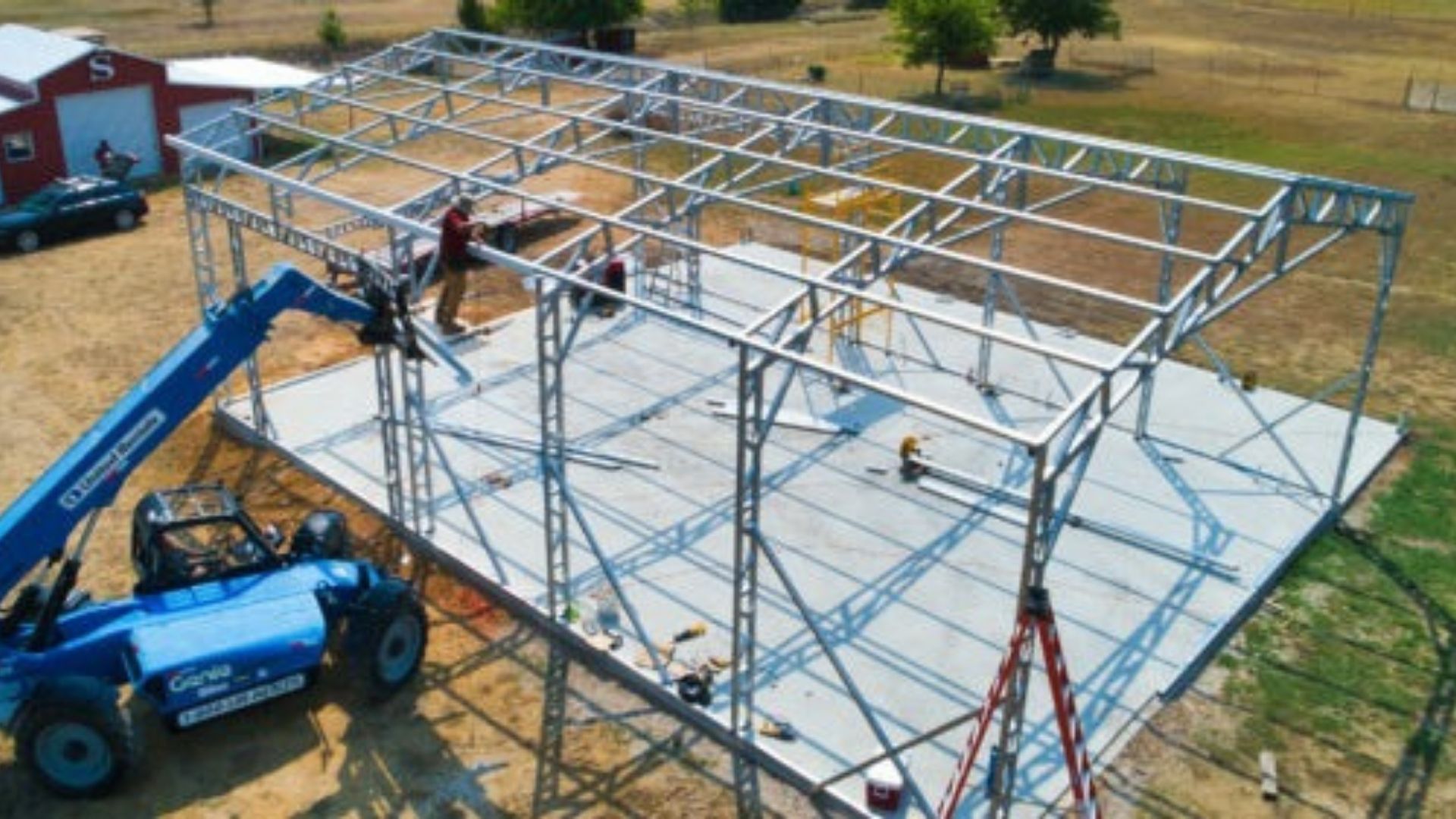
Why Leland’s Metal Buildings with Galvanized Tubing Are Just as Sturdy and Durable as Red Iron Buildings
Introduction When it comes to metal buildings, durability and strength are two of the most important factors. Traditionally, red iron buildings have been seen as




